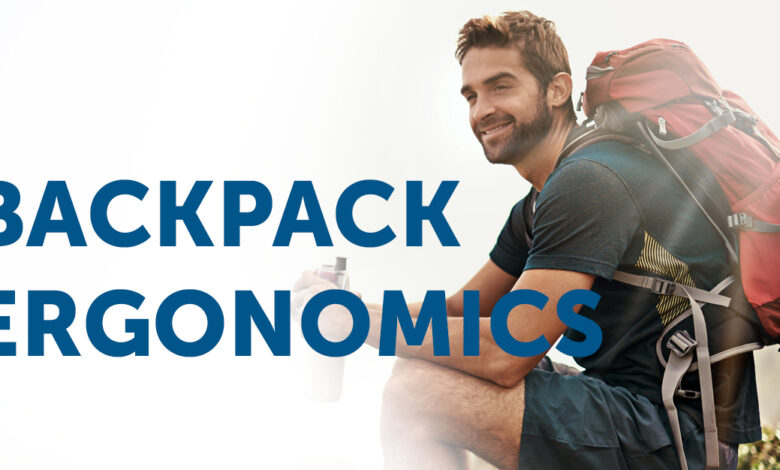Backpack Ergonomics: How to Avoid Back Pain with the Right Fit and Features

If your child comes to you, rubbing their shoulders and complaining of upper back pain, don’t ignore it. This could be more than just a passing ache. You should pay attention and try to find out the reasons behind it’ Could it be that backpack he is carrying everyday?
According to studies, children among the age of 10 to 15 complain to back pain or neck pain, that can show immediate deleterious effects of children while climbing, standing and balancing with excessively heavy backpacks. It can also severely affect the posture of your child. If his backpack is silently hurting him it means It’s time to find out the solution before a simple bag turns into a lifelong burden.
Why the Right Backpack Matters
A backpack is more than just a bag. You use it for school, work, travel, or daily errands. But if it doesn’t fit well or lacks the right features, it can cause shoulder, neck, or back pain. Many people don’t realize how much a poorly designed backpack can affect their health. In this article, we’ll explain how to choose an ergonomic backpack that fits your body, reduces pressure, and makes daily life easier.
What Is Backpack Ergonomics?
Before delving into the details let’s understand the importance of the right backpack in our life. A good backpack means choose the bag to match the natural shape and movement of your body. A good ergonomic backpack should distribute weight evenly, support your back and shoulders, and also prevent slouching or bending. This is especially important for students, commuters, and people who carry their bags every day.
Choosing a wrong backpack can cause you several issues. Many people experience back pain from carrying heavy loads in one strap bags, by using backpacks that hang too low or choosing bags without padding or support. Over time, this can lead to muscle strain and poor posture. Many children and teenagers are especially at risk because their bodies are still growing. Therefore it is important to understand which backpack can be the best option for you. Here we’ll discuss some important features you must know before purchasing a backpack for your children or for yourself.
Key Features of an Ergonomic Backpack
- Padded Shoulder Straps
It is the first thing you must check before choosing a backpack. Wide and padded straps help spread the weight across your shoulders. They also reduce pressure and prevent the straps from digging into your skin.
- Adjustable Straps
Backpack industries cemented it’s path towards innovative technology and various modern designs. If you’re buying a backpack, make sure to choose with adjustable straps. Always adjust both straps to keep the backpack close to your back. Loose or uneven straps can shift the weight and cause discomfort.
- Chest and Waist Straps
It is one of the best feature you may look for in the backpack. Buy one that has both chest and waist straps. Chest and waist straps help hold the backpack in place. They also take some weight off your shoulders and distribute it across your chest and hips.
- Padded Back Panel
Hard straps or panels can cause unnecessary pressure on your arms. A soft, padded back panel offers comfort and keeps the bag from poking your back. Some also include airflow channels to reduce sweating.
- Lightweight Material
In past we love to choose the product with solid and heavy body material, but now it is not the case. You can Choose a lightweight backpack that doesn’t add extra weight. Bags made of waterproof yet light materials are ideal for School, work, or travel.
Final Tips for a Pain-Free Backpack Experience
If you’re all ready to make investment in your new backpack, keep in mind that choosing the right backpack is about more than style. It’s about protecting your body from long-term pain. Don’t overload your bag and clean out unused items often. Make sure to switch shoulders or adjust straps regularly. In addition, take breaks if you carry it for a long time. Look for the right fit, features, and wear it the right way.




